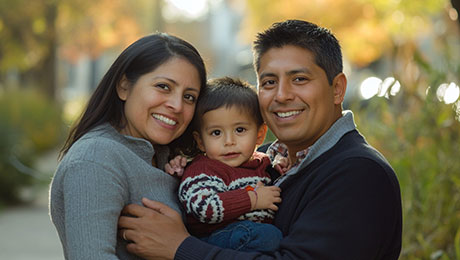Guaranteed Universal Life Insurance Provided By Our Agency

Looking for a way to secure lifelong life insurance without breaking your budget? Guaranteed Universal Life (GUL) insurance offers a stable premium, a guaranteed death benefit, and peace of mind making it a smart choice for long-term financial planning.
Guaranteed Universal Life Insurance is a type of permanent life insurance designed for affordability and stability. Unlike policies that build significant cash value, GUL focuses on delivering a guaranteed payout to your beneficiaries while keeping monthly costs predictable.
- Coverage lasts your entire life as long as you make payments on time
- Fixed premiums that won’t increase over time
- Guaranteed death benefit for your loved ones
- Low to no cash value, which keeps the cost lower than other permanent options
GUL provides an affordable way to maintain lifelong protection without the unpredictability of market-based investments or rising premiums. It can help:
- Cover final expenses so your loved ones aren’t burdened
- Provide for dependents with lifelong needs
- Help with estate planning to cover taxes or leave a legacy
- Give financial stability regardless of economic fluctuations
While coverage details vary by insurer, most Guaranteed Universal Life Insurance policies cover:
- Death benefit paid to your beneficiaries upon your passing
- Options to add riders for critical illness, disability, or long-term care (subject to approval)
- Guaranteed payout amounts that remain stable over time
- Protection that isn’t tied to market performance
Frequently Asked Questions
Whole life builds significant cash value over time, but costs more. GUL keeps premiums lower by focusing on the death benefit rather than cash accumulation.
No, your premiums are fixed for the life of the policy, as long as you make payments on time.
Yes, if you miss payments or let the policy lapse, your coverage and guaranteed death benefit may be forfeited.
Not typically GUL is designed for affordable lifelong coverage, not for building investment value.
GUL may be ideal for people who want lifetime coverage for estate planning, to support a dependent, or to lock in a death benefit without paying for extra investment features.

Ready to Compare Rates?
iCheckedMyRate.com empowers you to shop for Life Insurance quotes on your own terms. You can choose to get an Instant Quote Now, or fill out our brief form, and we will contact you to complete your quote. Either way, you’ll receive transparent, no-spam quotes from Chambliss Premier Insurance Services.










